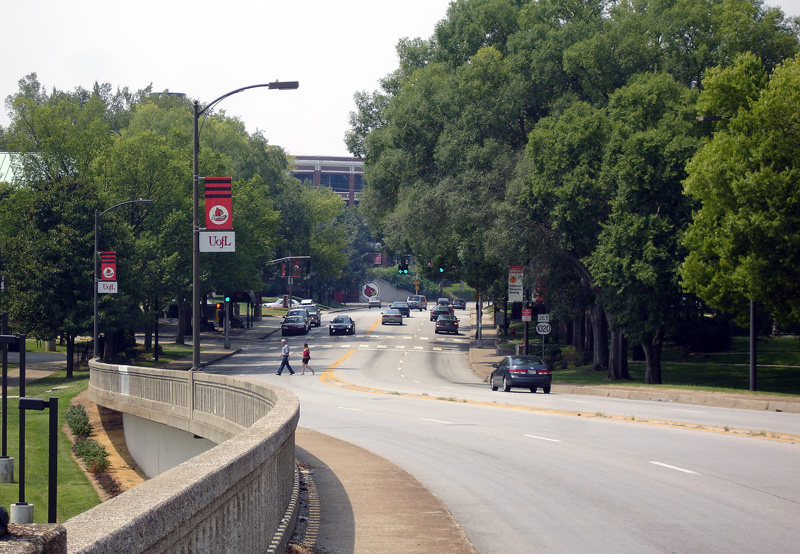
A portion of Eastern Parkway between Third Street and Interstate 65 is going on a “road diet.” The historic Frederick Law Olmsted parkway will undergo a major renovation intended to increase the road’s functionality while adding bike lanes, expanded sidewalks, and landscaping. When complete, the new stretch of Eastern Parkway at the University of Louisville will be one of the city’s most progressive roadways.
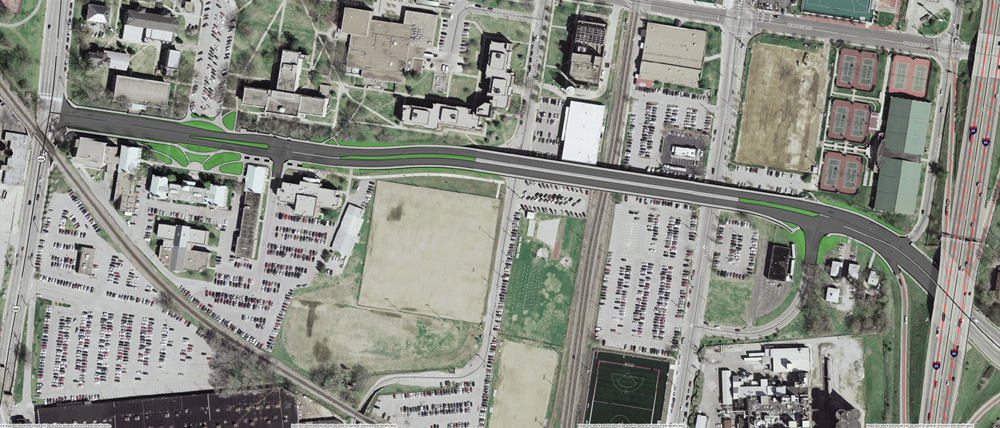
Beginning in mid- to late-August, crews will transform the four lane expanse into a two lane road with medians and periodic turning lanes. A bike lane will be striped in each direction and sidewalks will be widened across the Eastern Parkway viaduct. New planting beds will be created on each side of the parkway and a decorative retaining wall installed near Third Street.
The bridge itself has been in need of repair for some time as weather has caused the concrete to spall and deterioration to the structure. Concrete piers will be repaired and the top layer of the deck will be replaced. The concrete guard rails will also be removed and the entire bridge widened three feet on each side for expanded sidewalks. The median on the viaduct will receive a similar treatment as the Central Avenue bridge with stamped concrete. Once the roadway returns to the ground, medians will be landscaped.
The streetscape is also set for several improvements including new street lighting, bus shelters, and a reconfigured sidewalk at the Speed School. New decorative walls will be constructed between the street and sidewalk with a design meant to evoke the historic nature of the area including the influence of the Olmsted parkway. The barriers are also meant to discourage jaywalking. The viaduct guard rails will feature a similar Olmsted-inspired design.
One of the most needed improvement occurs at Hans Street which connects Eastern Parkway with Floyd Street. The turning radius at this location shrinks slightly to allow for better pedestrian connectivity. East of the intersection, the roadway returns to its familiar layout.
To achieve an effective “road diet,” several curb cuts leading to parking lots will be eliminated, reducing the number of turning actions for cars. Instead, parking lot access will be handled via the controlled intersection at the Speed School with a turning lane. A circular driveway at the school will also be transformed into a pedestrian zone and a landscaped median installed in the center of Eastern Parkway.
A “road diet” is a relatively new technique that enhances the overall functionality of a road. Transportation officials admit is seems a little counter-intuitive to make a better road by removing lanes, but that the idea generates support over time. Officials point out that without a turning lane, traffic is hindered at turning movements and intersections, effectively transforming a four lane road into a two lane road as one lane is blocked.
In determining if a particular street is a candidate for a road diet, a traffic study is completed to understand current conditions. Results are used to project 20 to 30 years into the future to estimate how conditions could evolve over time. If everything works out, a street could receive the treatment.
One of the first road diets implemented in the area is on U.S. 60 in Shelbyville where a four lane road was reduced to two through lanes and a turning lane. Other roads in Louisville could undergo a road diet in the future, but no plans have been announced to date.
Friday was the bid opening for the project and transportation officials hope to award a contract in a couple weeks. New signage will also be installed to reroute U.S. 60A from Third Street to Central Avenue to Crittenden Drive back to Eastern Parkway to formalize a route already in place by most drivers and truckers. The project is scheduled for completion on December 31st, 2009.


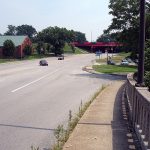
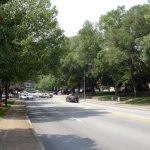
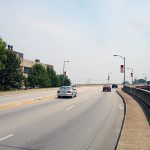
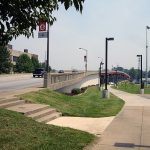
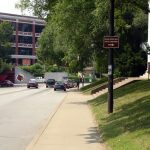
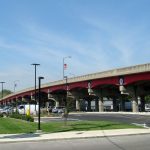
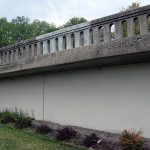
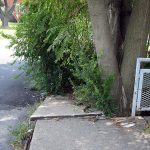
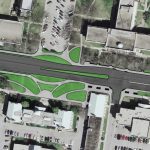
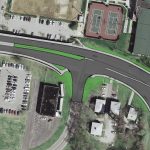
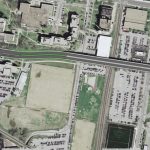
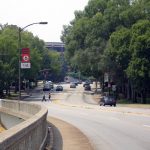

There is a plan for a portion of lower Brownsboro Road to go through a “lane diet” as well. It was to be completed using money from the Recovery Act, but has been removed from the list due to a delay in completing an air-quality analysis.
This has been desperately needed for years, and I’m so glad to see that it is finally going to happen. I came to Louisville to attend UofL eight years ago, and was surprised at how ‘crummy’ this area of campus looked. Then the promises of road improvements began, and of course we assumed nothing would ever come of it. These plans look great, and will compliment the great improvements already made to the main entrance to campus at “the oval” on Third Street.
This has been desperately needed for years, and I’m so glad to see that it is finally going to happen. I came to Louisville to attend UofL eight years ago, and was surprised at how ‘crummy’ this area of campus looked. Then the promises of road improvements began, and of course we assumed nothing would ever come of it. These plans look great, and will compliment the great improvements already made to the main entrance to campus at “the oval” on Third Street.
Sorry… forgot to say great post – can’t wait to read your next one!
I don’t like the stupid railing idea. J-walking is not dangerous. Or rather, several studies show it is less dangerous than crossing in crosswalks. The people making these changes in the name of ‘safety’ need to recall who’s using the loaded weapon. We should reduce vehicular speeds to the point where they don’t pose a danger to reasonably vigilant pedestrians, not put our pedestrians in cages. People need to be able to efficiently cross that street.
Southwestern Parkway West of 264 was the recipient of a road diet a few years back as well.
I tend to agree, Dave. Jaywalking was originally used as a term in L.A. to describe a behavior of crossing in the middle of a block. Later, it became illegal in Boston (I believe). I wonder if people would walk through the landscaped medians to cross the street without them? Any thoughts?
Good news for Eastern Parkway… The road diet project will be finished by the end of this year, not next year.
The plan for Eastern Parkway should have been piloted using pylons or temprorary barriers to see if it would work. Narrow lanes may increase the danger to motoristsas well as bicycle riders and pedestrians. Traffic on both ends may become more congested and frustrating for everyone. Do a pilot study first.
I am not sure that the lanes will be any narrower on Eastern Parkway than they are now. They may even get a little bit wider. The street itself won’t get any narrower (curb to curb), it will just be reconfigured.
Now, the lanes are pretty wide, and by converting 2 of the 4 to bike lanes, reducing their width, and allocating that space to medians, it shouldn’t create any more constricted lane driving. And by giving cyclists their own dedicated lane in each direction, conflicts should be reduced in the driving lane.
On the other hand, wider lanes promote faster speeds, so sometimes a narrower travel lane could be a good traffic calming device.
What happened to all the trees on Eastern Parkway? See images 4 & 5 above and then check out the completed streetscape, sans trees. UofL received a Partnership for a Green City award in April 2010, while it was tearing out the trees behind left field at Jim Patterson Stadium to build a temporary parking lot. Now the trees are gone on Eastern Parkway, too.